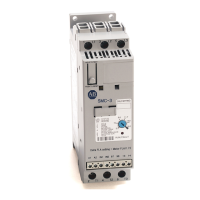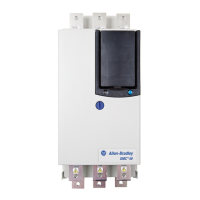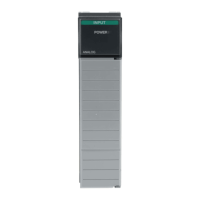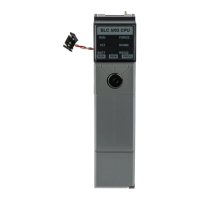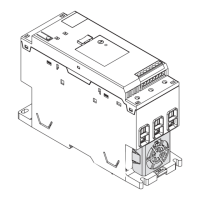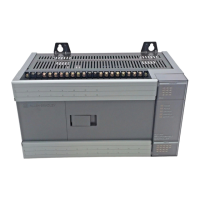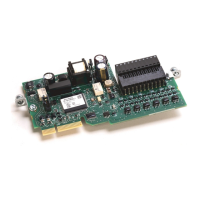Rockwell Automation Publication MOTION-RM002H-EN-P-February 2018 177
When Continuous mode is selected, the specified cam profile, once started, is
executed indefinitely. With continuous operation, the profile’s master and slave
positions are unwound when the position of the master axis moves outside the
profile range, causing the cam profile to repeat. This feature is particularly useful
in rotary applications where it is necessary that the position cam run continuously
in a rotary or reciprocating fashion. To generate smooth continuous motion using
this technique, however, care must be taken in designing the cam points of the cam
table to ensure that there are no position, velocity, or acceleration discontinuities
between the start and end points of the calculated cam profile.
Execution Schedule
Control over the MAPC instruction’s execution is via the Execution Schedule
parameter.
Immediate Execution
By default, the MAPC instruction is scheduled to execute Immediately. In this
case, there is no delay to the enabling of the position camming process and the
Master Lock Position parameter is irrelevant. The slave axis is immediately locked
to the master axis beginning at the Cam Lock Position of the specific cam profile.
As illustrated in the diagram below, when the MAPC instruction is executed, the
camming process is initiated on the specified slave axis and the Position Cam
Status bit in the slave axis’ Motion Status word is set. If the Execution Schedule
parameter is set to Immediate, the slave axis is immediately locked to the master
according to the specified Cam Profile. This is indicated by the fact that the
Position Cam Lock Status bit for the specified slave axis is also set.
Changing the Cam Lock Position
The Cam Lock Position parameter of the MAPC instruction determines the
starting location within the cam profile when the slave locks to the master.
